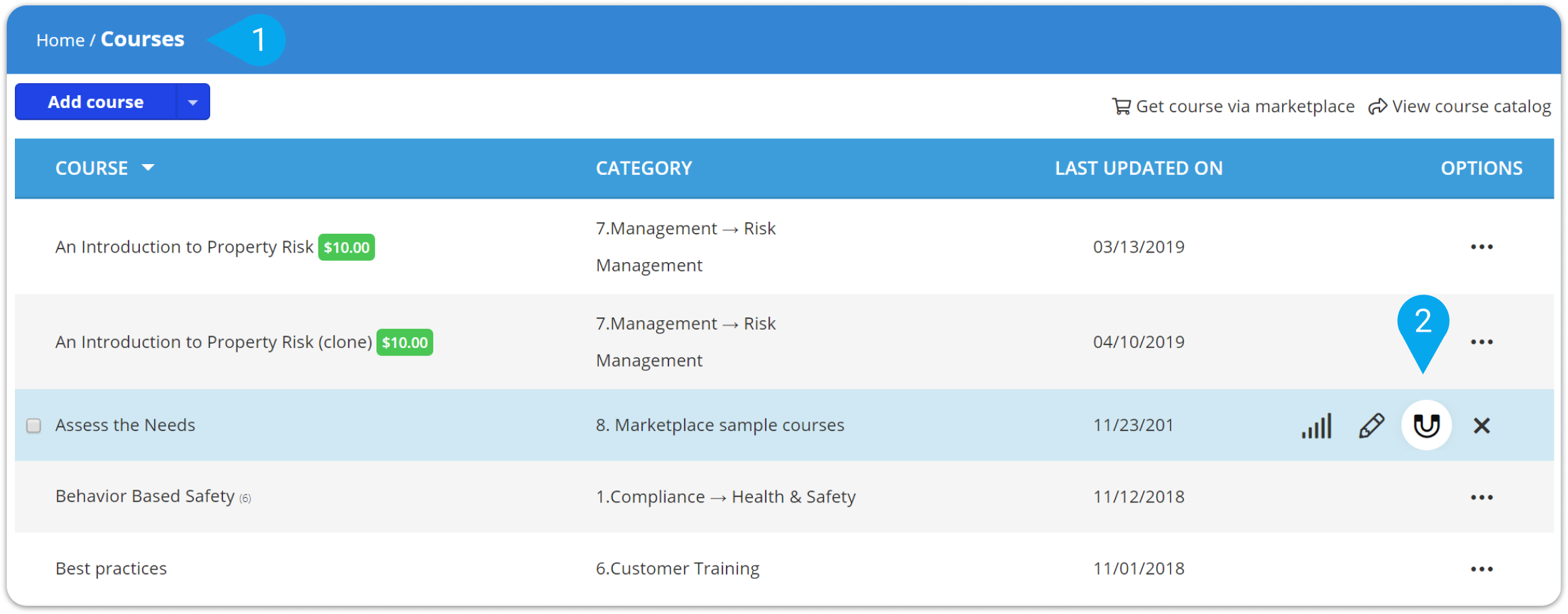

as you like–Salesforce Flow is meant to be customized to fit your specific needs. Add as many extra variables, value overrides, new decisions, screen elements, etc. Every step can be changed or re-done a different way. The tutorial steps shown are pretty bare-bones, but they successfully clone a Salesforce Lightning Opportunity with no custom coding.
The user should then view the recent Opportunities from the menu and edit the new Opportunity to correct the Opportunity Name and other data fields. All other specified data fields (both header and product line) should be copied from the source Opportunity. The newly created Opportunity has the Close Date replaced with current date. (Example: ‘Opportunity A’ becomes ‘Clone – Opportunity A’) The newly created Opportunity has the old Opportunity Name with “Clone – ” appended. A cloned copy of the current Opportunity is created. When a user pushes the button while looking at an Opportunity: We want a fully formed Salesforce Flow that will be called from a button placed on the Opportunity screen. This tutorial shows how it CAN be done without having a more expensive license (required to apply the automated fixes available.) How will this work? With the impending forced migration to the Lightning environment, many companies are struggling to find a solution to clone opportunities that INCLUDES the product lines. The tutorial shows the basic steps to enter the data into the needed screens, but will not detail every click or keystroke. In addition, DiskInternals VMFS Recovery supports Unicode file and multi-level folder names.The following tutorial assumes basic knowledge of Salesforce, login, setup, etc. Any restrictions encountered by Windows are bypassed during recovery. All information found will be available for preview before purchasing a license, to save you unnecessary expense. If you think that you do not have sufficient skills, use the built-in Recovery Wizard to make the entire recovery process simple. 
The utility clearly, quickly, and efficiently recovers information from both damaged and serviceable disks in VMFS format. You can mount virtual disks in local disks (available in Windows Explorer, etc.).

This application has been on the market for more than 15 years, during which time it has earned the trust of IT specialists, as well as forensic experts. This is a tool for recovering VMware data, recovering VMFS, and reading and restoring VMDK files. VMware data safety with DiskInternals VMFS Recovery Depending on the expected result, administrators will choose one or the other technology. Clones have this feature, but templates do not.Īs you can see from the analysis of VMware clones compared to templates, these two technologies, although quite similar, have very different in terms of their scope and intended use.







 0 kommentar(er)
0 kommentar(er)
